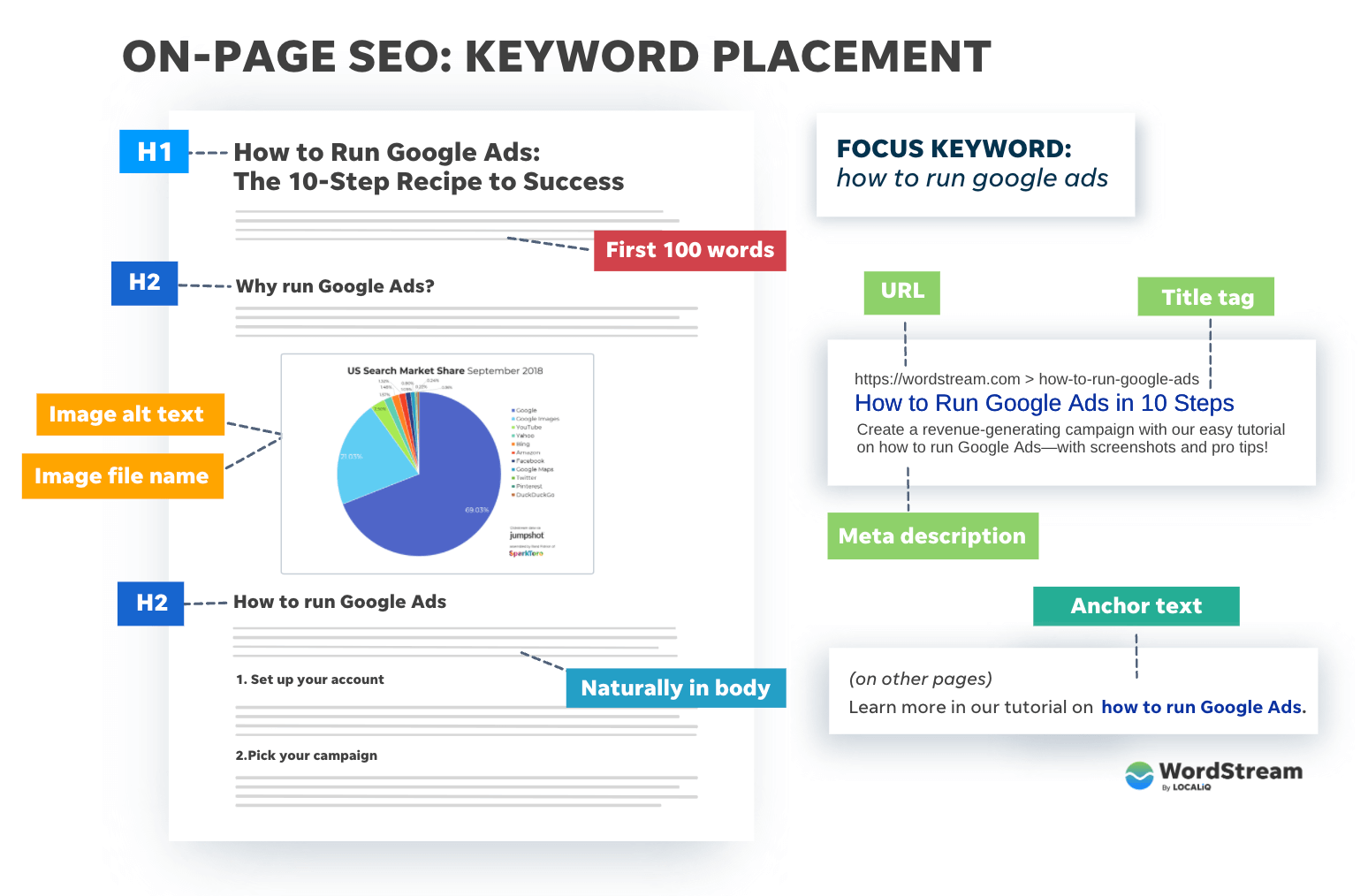The Duty of Secondary Dimensions in Google Analytics: Interpretation and Insights for Advanced Data Analysis
The Duty of Secondary Dimensions in Google Analytics: Interpretation and Insights for Advanced Data Analysis
Blog Article
Introducing the Effect of Second Measurement in Google Analytics on Data Evaluation and Insights
In the realm of data analytics, the utilization of second measurements within Google Analytics has actually emerged as an essential tool for removing deeper insights and unraveling complicated patterns that may or else stay covered. By peeling back the layers of primary information collections, additional measurements provide a nuanced perspective that improves the understanding of user behavior, website performance, and the efficiency of advertising techniques.
Exploring the Principle of Secondary Dimensions
Additional measurements in Google Analytics offer additional understandings by permitting customers to evaluate primary information in conjunction with a secondary characteristic. By integrating secondary dimensions, customers can dive deeper into the data and uncover important connections that might otherwise go unnoticed - what is a secondary dimension in google analytics.
Recognizing the idea of additional dimensions is important for taking full advantage of the possibility of Google Analytics. It allows customers to segment data efficiently, recognize patterns, and make informed choices based on an extra total photo of their analytics information. By exploring the different second measurements offered in Google Analytics, customers can unlock new understandings and enhance their digital advertising and marketing initiatives. Fundamentally, second measurements serve as an effective tool for boosting information evaluation and driving actionable outcomes.
Enhancing Data Analysis With Secondary Dimensions
Having developed the fundamental understanding of additional dimensions in Google Analytics and their pivotal role in information analysis, the emphasis currently shifts towards leveraging these second qualities to improve the interpretation of analytics information (what is a secondary dimension in google analytics). By including secondary measurements right into data evaluation, analysts can gain deeper insights into customer behavior, internet site efficiency, and marketing effectiveness

Additionally, second measurements aid in contextualizing primary information metrics by providing extra layers of details. This contextualization help in recognizing the 'why' behind the data fads, helping analysts make notified optimizations and choices to enhance overall performance. Eventually, integrating secondary measurements enriches the data analysis process, causing even more calculated actions and significant understandings.
Discovering Hidden Insights Via Second Measurements
Discovering the depths of analytics information with second measurements discloses beneficial insights that would or else stay obscured. By including second dimensions in Google Analytics, organizations can unearth hidden patterns, trends, and relationships that offer an even more comprehensive understanding of individual behavior and web site performance. These additional layers of data permit analysts to dive deeper into the key measurements, such as web traffic sources or landing pages, and get a more nuanced perspective on just how different variables communicate with each other.
Via the usage of additional dimensions, experts can segment and compare information throughout different measurements, allowing them to determine details elements that influence individual involvement, conversion prices, and overall success metrics. For instance, by combining the key dimension of 'gadget group' with the additional measurement of 'age group,' online marketers can determine which age demographics like accessing the web site with mobile phones versus desktops. This level of granularity equips organizations to make data-driven decisions and enhance their approaches for better outcomes. Inevitably, revealing covert understandings with additional dimensions enhances the depth and precision of data evaluation, causing more informed decision-making and enhanced efficiency results.
Leveraging Additional Dimensions for Actionable Analytics
Structure upon the insights revealed via additional measurements in Google Analytics, organizations can now harness this enriched data landscape to drive actionable analytics and calculated decision-making. By leveraging additional dimensions, organizations can dive much deeper into their information to extract valuable patterns, fads, and correlations that may have formerly visit this website gone unnoticed. This much deeper level of evaluation allows organizations to obtain an extra thorough understanding of user habits, project efficiency, and total internet site performance.
One key benefit of using second dimensions for actionable analytics is the capability to section data based on details criteria. This segmentation allows organizations to customize their techniques and projects to various audience teams, causing her latest blog much more targeted and efficient advertising and marketing initiatives - what is a secondary dimension in google analytics. In addition, second measurements offer an even more alternative view of customer interactions, allowing businesses to optimize their site material, style, and general customer experience
Making The Most Of Decision-Making With Secondary Measurements
To improve tactical decision-making in analytics, leveraging second measurements in Google Analytics can provide an extra nuanced point of view on individual actions and project efficiency. By integrating additional dimensions into data analysis, businesses can delve deeper right into the specifics of their website visitors' communications and engagement patterns. This extra layer of details enables an extra detailed understanding of how various variables, such as demographics, tools, or website traffic sources, influence essential performance signs.

Verdict
To conclude, making use of second dimensions in Google Analytics plays an essential function in improving information evaluation and uncovering covert insights. By discovering this concept, one can acquire a much deeper understanding of individual habits and make notified decisions based upon workable analytics. Leveraging second dimensions allows for a much more extensive analysis of information and makes the most of the performance of decision-making processes.

Report this page